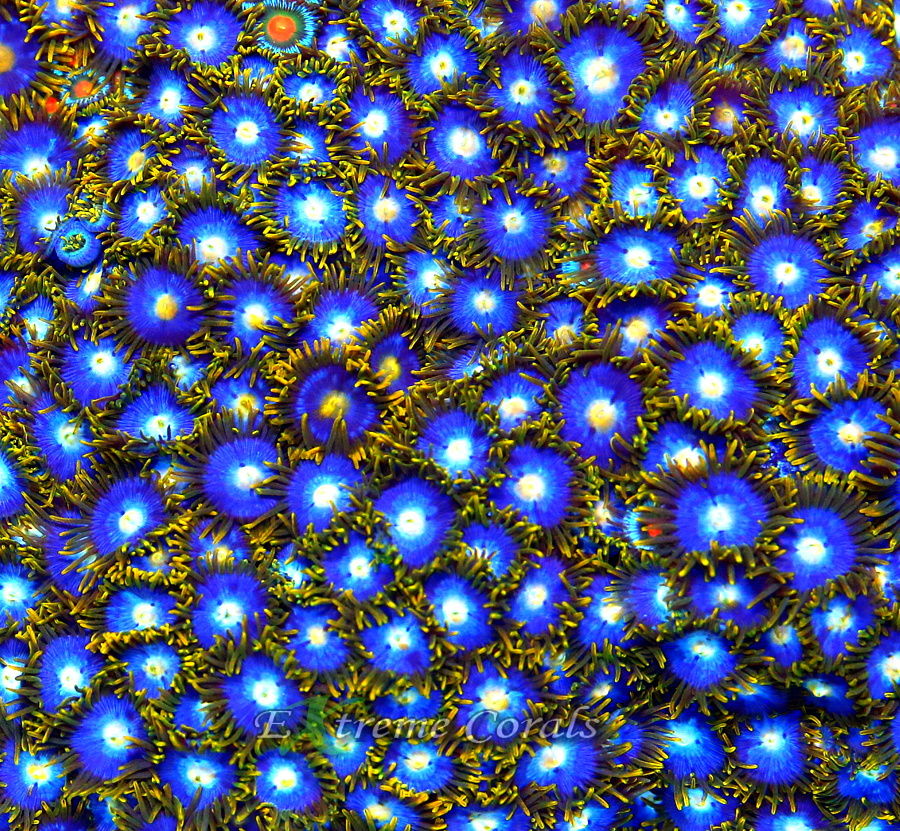Extreme Corals News and Updates
The Fascinating World of Coral Taxonomy: From Zoanthids to Acropora
Exploring Coral Taxonomy: From Zoanthids to Acropora
Embark on a journey through coral taxonomy, from the vibrant hues of Zoanthids to the intricate beauty of Acropora, exploring their habitats, evolutionary significance, and conservation challenges. This guide highlights the importance of understanding coral classification in protecting these fragile ecosystems, emphasizing the role of marine protected areas and sustainable practices in preserving coral biodiversity for generations to come
by scott Shiles • March 25, 2024
Zoanthids Coral Care, SPS Coral Care, Soft Corals Care, LPS Coral Care, All Corals
Understanding Coral Taxonomy
Coral taxonomy is the classification of different types of corals based on their characteristics. Corals are grouped into various categories depending on their similarities in shape, size, and structure. Zoanthids, Acropora, and other coral species are identified and organized according to their unique features. Each category plays a crucial role in understanding the diversity and complexity of coral ecosystems.
Introduction to Zoanthids
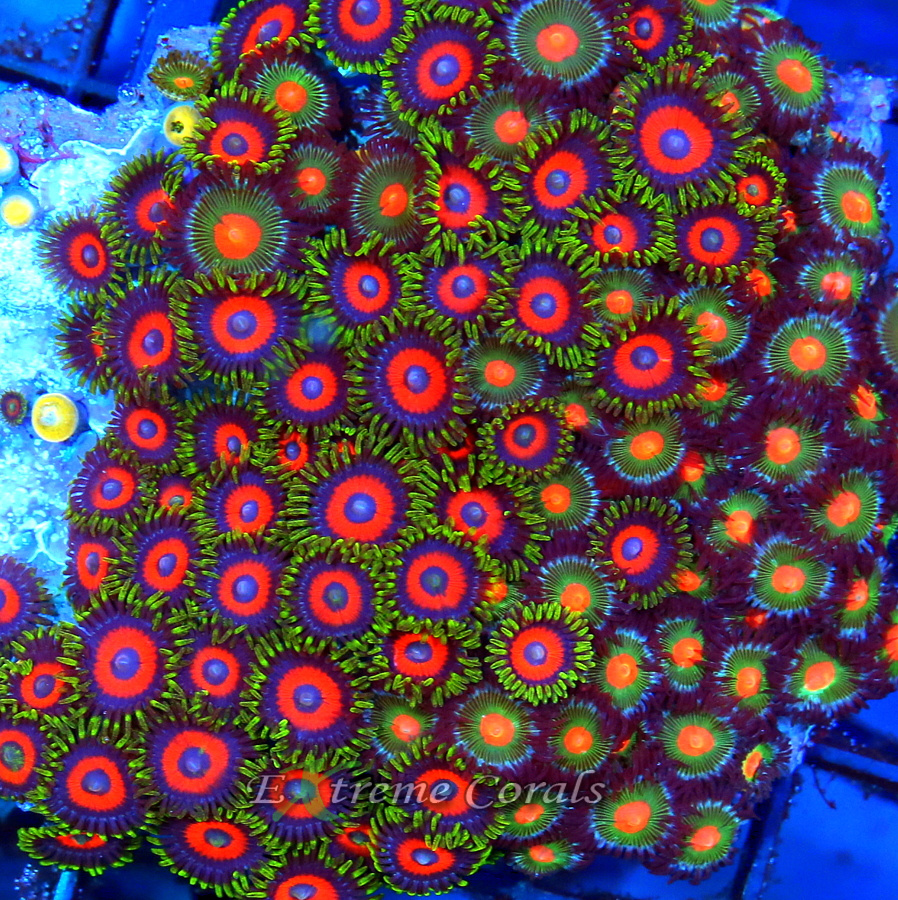
Zoanthids are colorful marine creatures that belong to the coral family. They are known for their vibrant hues and unique patterns, making them a popular choice among coral enthusiasts. These fascinating creatures are often referred to as "button polyps" due to their button-like appearance. Zoanthids come in a wide variety of colors, ranging from bright yellows and oranges to deep blues and purples. Their beautiful colors are a result of the photosynthetic algae living within their tissues, which also provide them with essential nutrients. These captivating creatures can be found in tropical waters around the world, adding a splash of color to coral reefs.
Exploring the Beauty of Acropora
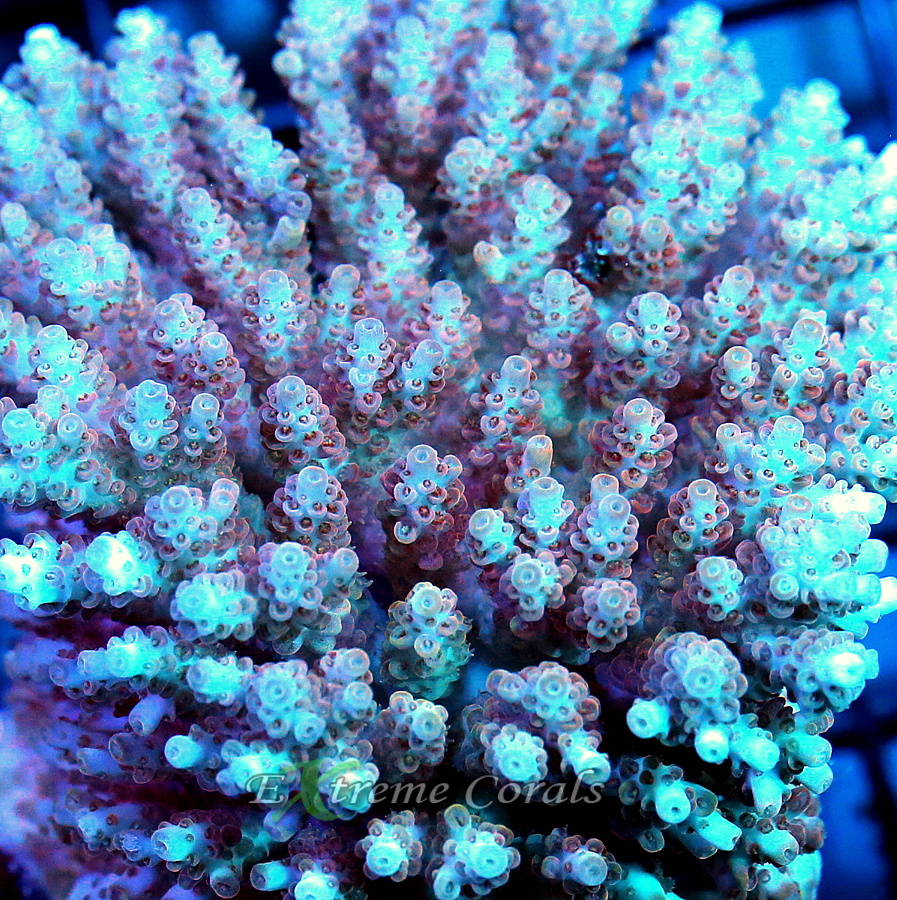
Acropora is a genus of coral that is known for its intricate branching structures and vibrant colors. These corals are often found in shallow, tropical waters and are a crucial part of coral reef ecosystems. Acropora corals are prized by coral enthusiasts for their beauty and unique growth patterns. Some key points to understand about exploring the beauty of Acropora include:
- Acropora corals are considered to be one of the most diverse and beautiful coral genera.
- They are often referred to as "staghorn" or "table" corals due to their branch-like appearance.
- Acropora corals play a vital role in providing habitats for a wide variety of marine life.
- Coral reefs, including those with Acropora species, are facing threats due to climate change and human activities.
Key Characteristics of Various Coral Species
Coral species vary in their appearance, size, and growth patterns. Here are the key characteristics of different coral species:
Zoanthids: Small polyps often found in colonies, known for their bright and varied colors.
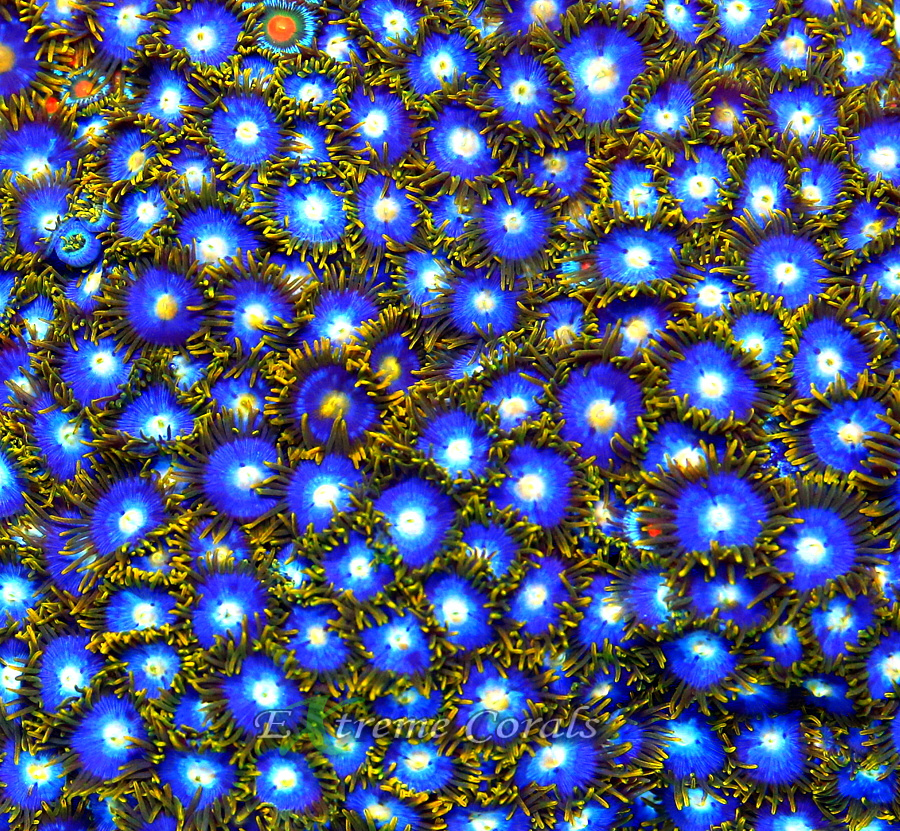
Acropora: Have intricate branching structures and are vital reef-building corals.
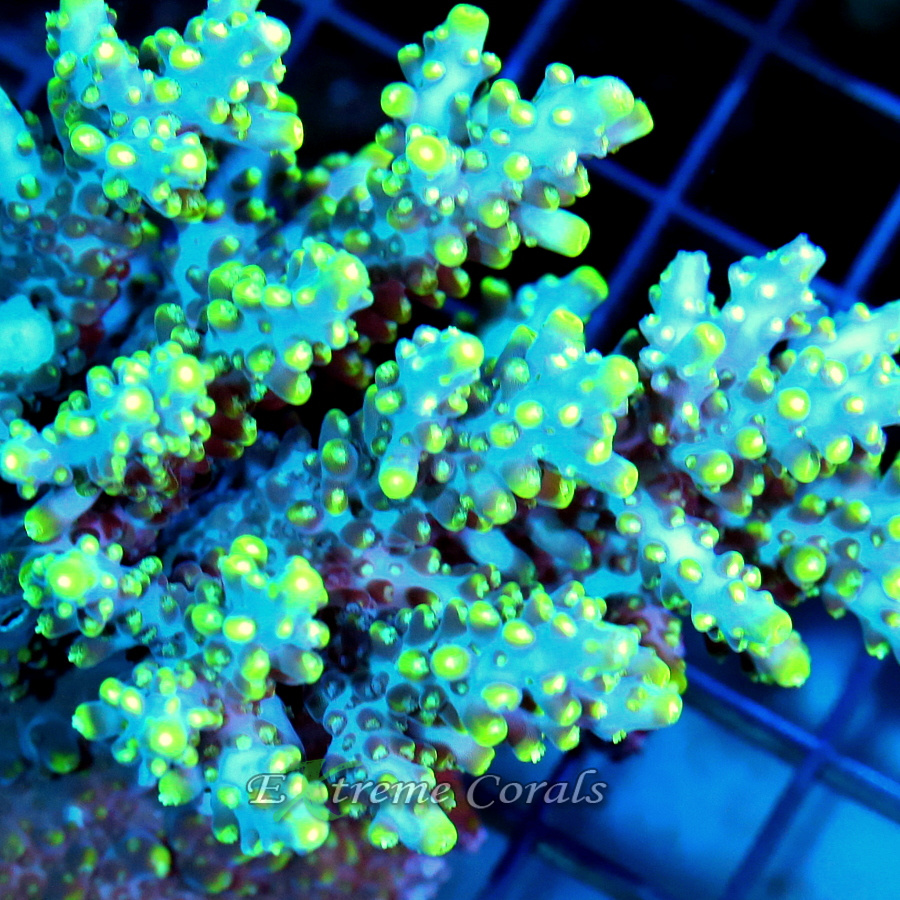
Brain Corals: Named for their resemblance to a human brain, with large, round polyps.
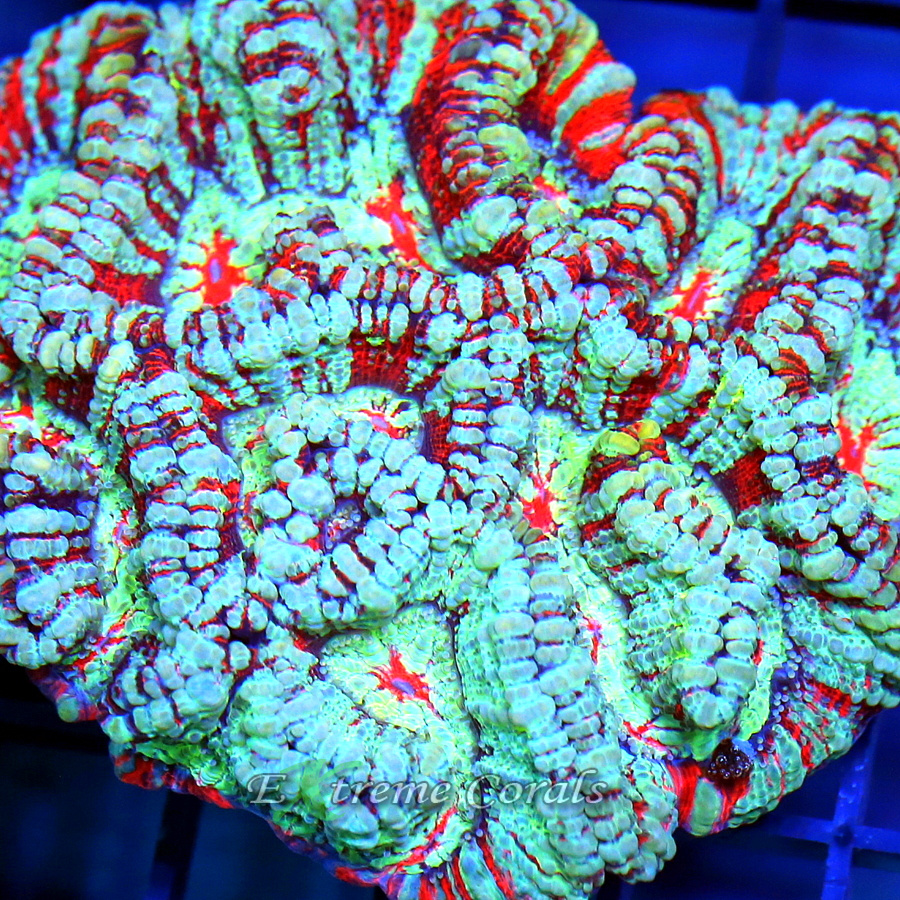
Pillar Corals: Tall, cylindrical shapes with polyps extending along the sides.
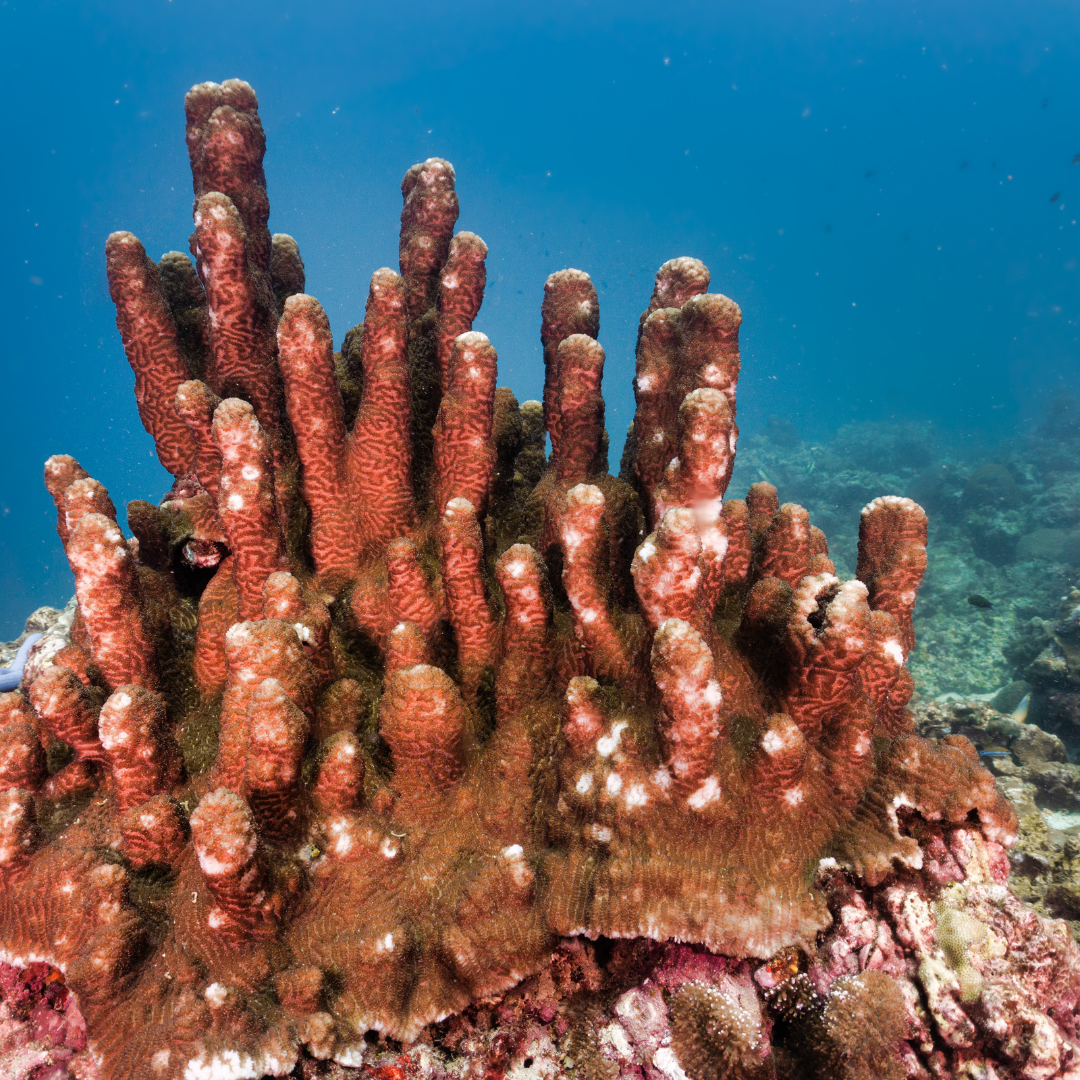
Mushroom Corals: Circular in shape with a flat top, resembling a mushroom.
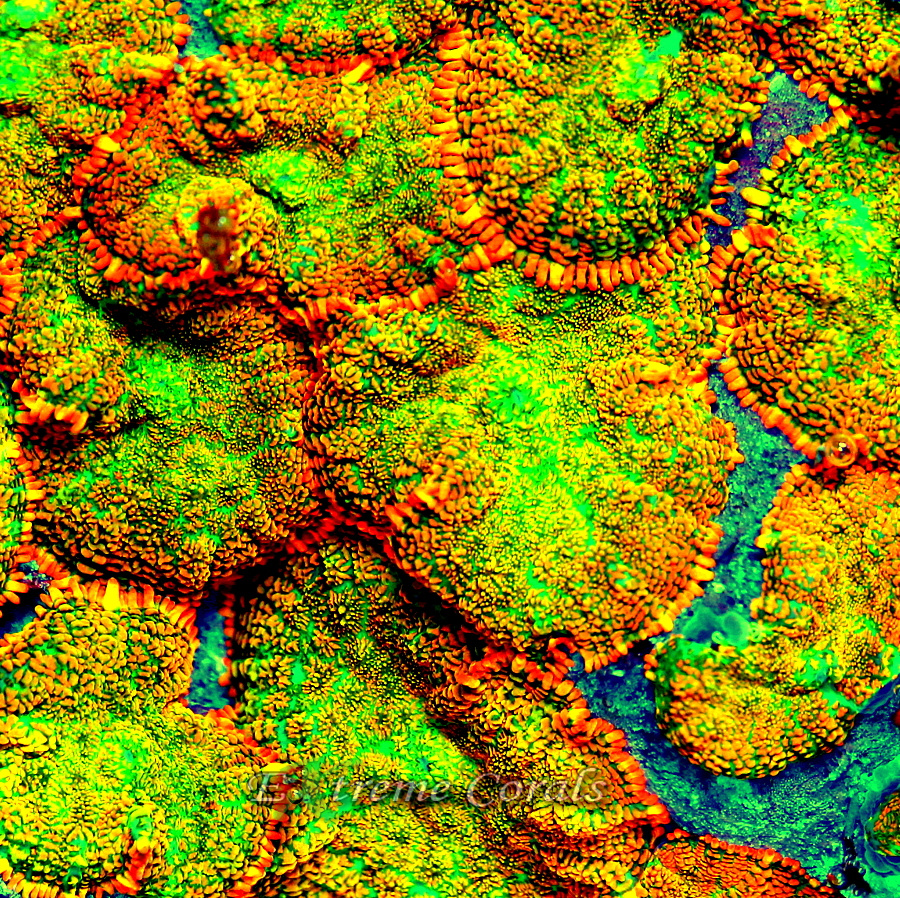
Finger Corals: Long and narrow, resembling fingers extending from the substrate.
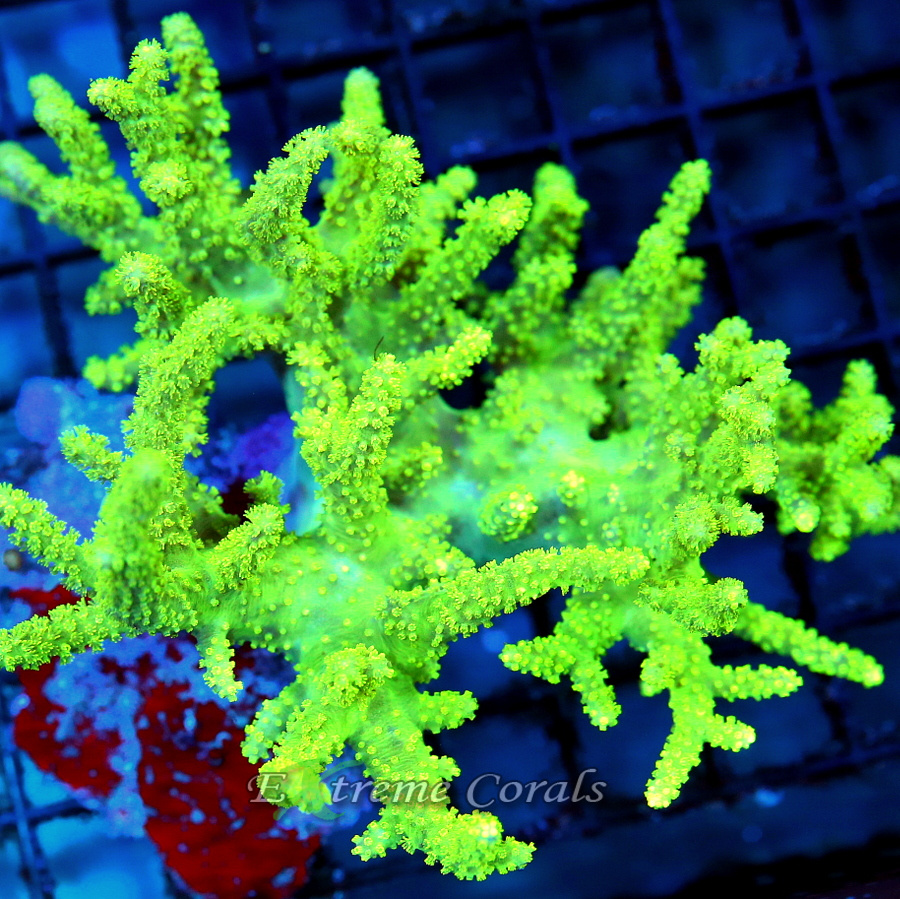
Importance of Coral Classification
Coral classification helps scientists understand the different types of corals in our oceans. By categorizing corals into groups based on their characteristics, researchers can learn more about their habitats, behaviors, and how to protect them. This classification also aids in identifying threats to coral reefs, such as climate change and pollution, which is crucial for conservation efforts.
Coral Habitats and Distribution
Coral reefs are found in warm, shallow waters worldwide, primarily in the tropics. They form vibrant underwater ecosystems that support a diverse range of marine life. Zoanthids are commonly found in shallow waters, while Acropora thrive in deeper waters. Understanding these habitats and distributions is essential to appreciating the beauty and importance of coral reefs.
Evolutionary Aspects of Coral Taxonomy
Coral taxonomy reflects the evolutionary history of corals. Different coral species evolve over time, adapting to their environments. Understanding coral taxonomy can provide valuable insights into how corals have diversified and spread across various marine ecosystems.
Key points on the evolutionary aspects of coral taxonomy:
- Corals exhibit a wide range of shapes, sizes, and colors due to their evolutionary adaptations.
- Evolutionary relationships between different coral species can help scientists understand their ecological roles and interactions.
- Studying the evolution of coral taxonomy can aid in conservation efforts to protect coral reefs and their biodiversity.
Threats to Coral Reef Ecosystem
Coral reefs face various threats from human activities, such as overfishing, pollution, climate change, and physical damage from boats. These activities harm the delicate balance of coral ecosystems. Healthy coral reefs are vital for marine life, providing habitat and protection for a diverse range of species. Efforts to preserve and protect coral reefs are crucial to ensure the sustainability of these vibrant underwater ecosystems.
Conservation Efforts for Coral Species
Conservation efforts for coral species are crucial to protect these fragile organisms from threats like climate change, pollution, and overfishing. Marine protected areas play a significant role in safeguarding coral reefs by limiting human activities that harm them. Research shows that sustainable practices such as responsible tourism and reef restoration projects can help revive damaged coral ecosystems. Community involvement and education are also essential to raise awareness about the importance of preserving coral diversity for future generations.
Conclusion: Preserving the Diversity of Coral Taxonomy
Preserving the diversity of coral taxonomy is essential for the health of coral reefs. By maintaining the varied species from Zoanthids to Acropora, we contribute to the ecosystem's resilience. To ensure the future existence of these corals, conservation efforts, research, and sustainable practices are crucial. It is up to us to protect and appreciate the intricate beauty and importance of coral biodiversity.

